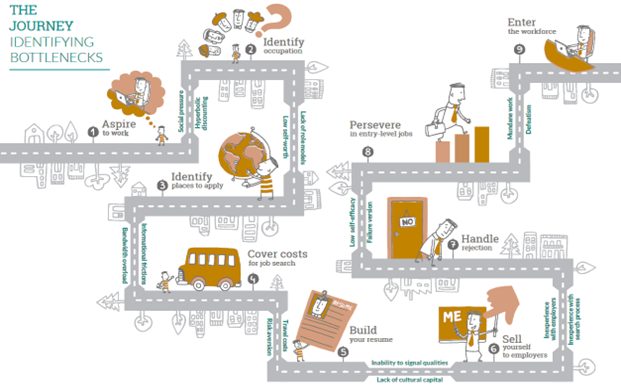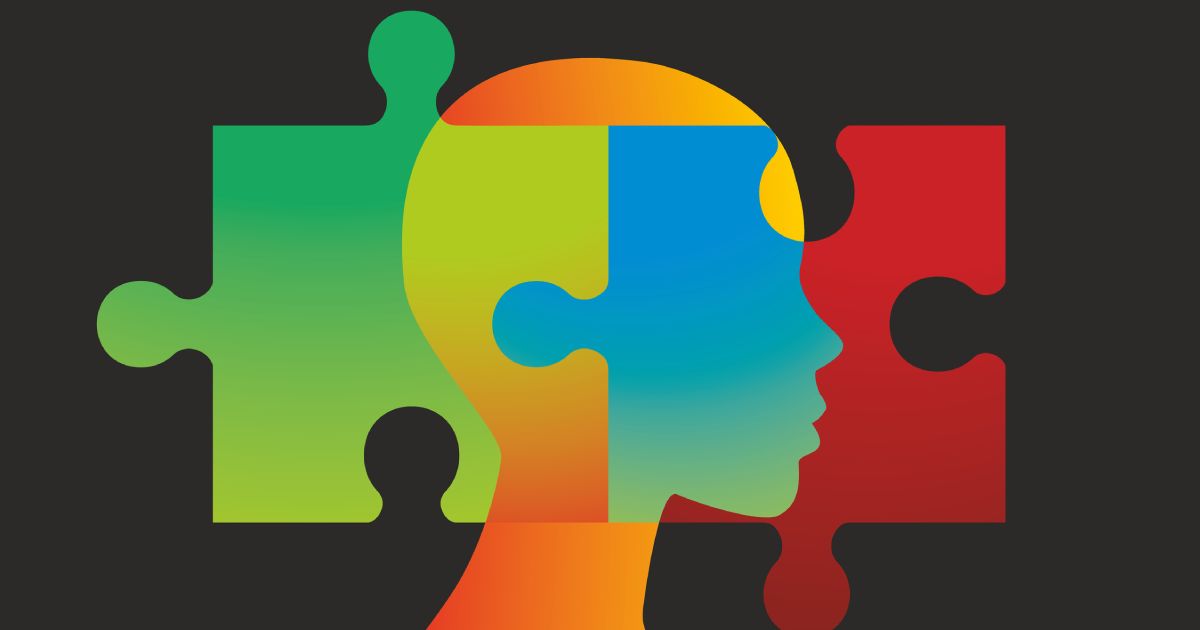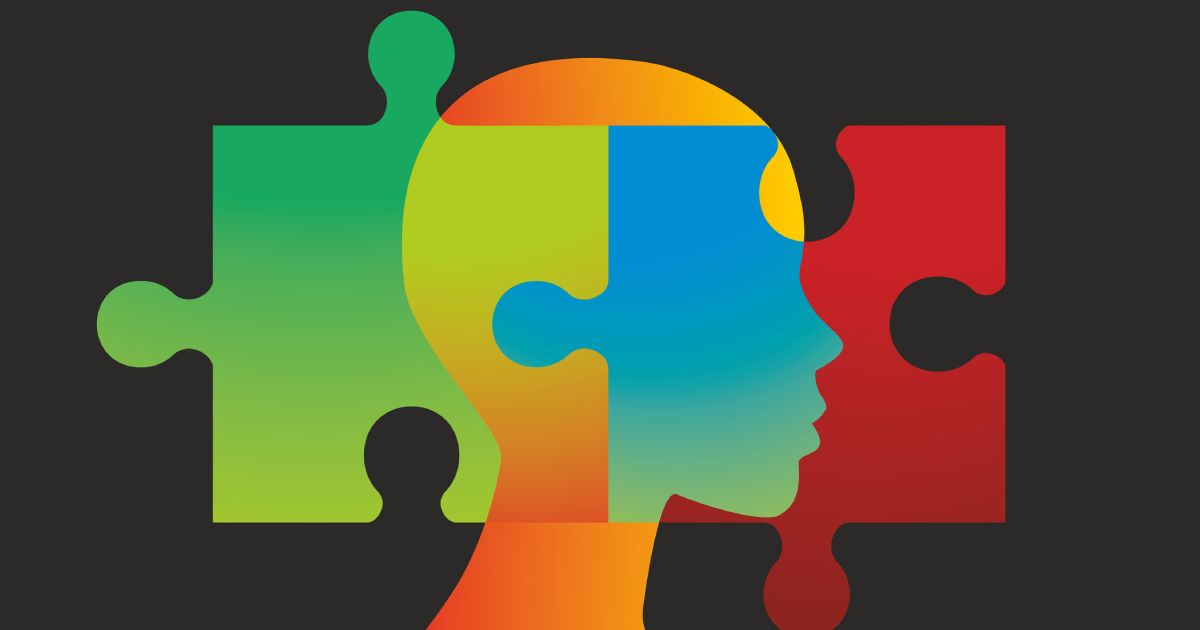Economic theories usually assume that humans are rational actors. But sometimes, our real-world behavior is at odds with what might be a considered a rational choice. Sometimes we make snap judgements. At other times, our decisions are affected by social pressures, or we make choices with our “hearts” rather than our “heads.” Consequently, when designing programs that support economic development, it is important to keep real-world behavior in mind, using behavioral science.
In 2021, United States Agency for International Development (USAID) Administrator Samantha Power called for deeper incorporation of behavioral science into the agency’s work. She emphasized the importance of designing programs that “include insights from behavioral economics, human-centered design, behavior change, communications, and the use of 'nudges,' all of which evidence shows can save lives and improve livelihoods.” Not only is this call to action important for increasing the effectiveness of programs, but for aligning them with the cultural contexts of the communities they seek to serve.
With this goal in mind, USAID collaborated with Mathematica and Integra on the Learning, Evaluation, and Analysis Project (LEAP) to better understand how behavioral science approaches can be integrated into development work and economic analysis tools. Our report, Incorporating Behavioral Science in USAID Economic Analysis, provided 11 recommendations for further applying behavioral science in USAID’s Economic and Market Development activities. These recommendations also have the potential for application far beyond this program, and to entities other than USAID.
Our key takeaway? Behavioral tools and guidelines exist in various forms but tend to follow a common framework: define, diagnose, design, and test. Rather than developing new guidance, USAID can share existing behavioral resources and tools that empower program staff to identify challenges, design solutions, and measure results.
As part of LEAP, we assessed which existing resources were the most user-friendly and had the highest potential to be adopted by program staff for their work. These are the resources that USAID should focus on and share. For example, guidebooks such as the BASIC (Behaviors, Analysis, Strategies, Interventions, Change) Toolkit provide step-by-step procedures for applying behavioral science at all stages of the program cycle, from problem diagnosis to evaluation and scale-up. Mind, Society, and Behavior offers concrete examples of successes in applying behavioral science in a range of sectors relevant to USAID. The EAST (Easy, Attractive, Social and Timely) framework outlines four simple rules for applying behavioral insights to policy work in an accessible way. Finally, the Behavioral Evidence Hub offers a digital library of successful behaviorally informed interventions for USAID Mission staff seeking to plan development interventions that are evidence-based. These resources can be shared with staff to effectively communicate the value of behavioral science concepts for development programs.
Beyond sharing resources, USAID can also highlight the use of existing tools such as behavioral templates and checklists. For instance, USAID can promote the use of a template for journey mapping to help program staff uncover overlooked constraints and decision points that affect an individual’s choices. The example below, created for a World Bank project, follows a young person trying to find employment. Through a comprehensive understanding of this journey, the map pinpoints specific stages where behavioral obstacles may arise, enabling staff to proactively devise programs that anticipate and address these challenges.

Source: World Bank. “Behavioral Solutions for Youth Unemployment.” Washington, DC, 2018.
Journey mapping is a systematic process for identifying barriers, or drop-off points, that could prevent a focus population from achieving a desired outcome. It entails creating a map that details all the processes a user goes through to reach a goal and then identifying points at which users need to act or face obstacles that prevent them from acting in the desired way. When used in the project design stage of the program cycle, it helps define specific problems the intervention and its implementation model should aim to solve to achieve desired outcomes.
These are just a few examples of how USAID and other development organizations can incorporate behavioral science into their work. By helping staff consider the full range of psychological and social factors that might hinder individuals from adopting beneficial behaviors or accessing essential services, behavioral science can expand the set of strategies considered for enhancing livelihoods and addressing poverty. Often, these new approaches involve making minor, cost-effective adjustments in program implementation that can yield substantial effects on behavior and program outcomes. Such adjustments may include simplifying application processes, providing timely reminders, or employing messaging that taps into social norms.
For further insights, the full report offers additional recommendations that present steps that are concrete, practical, and build on existing USAID processes for incorporating behavioral science.




